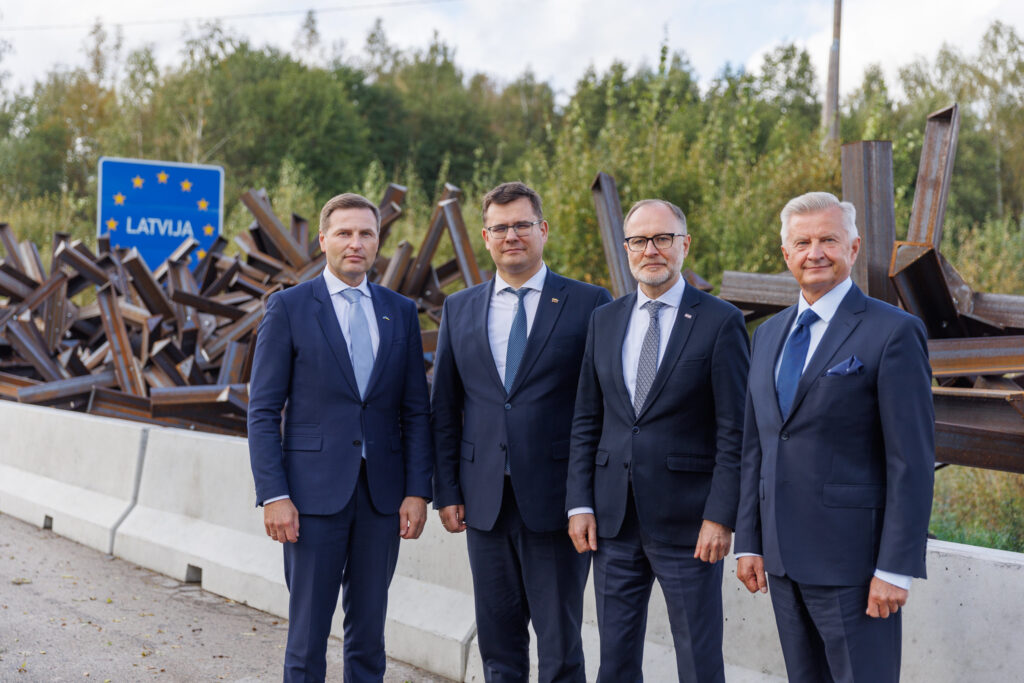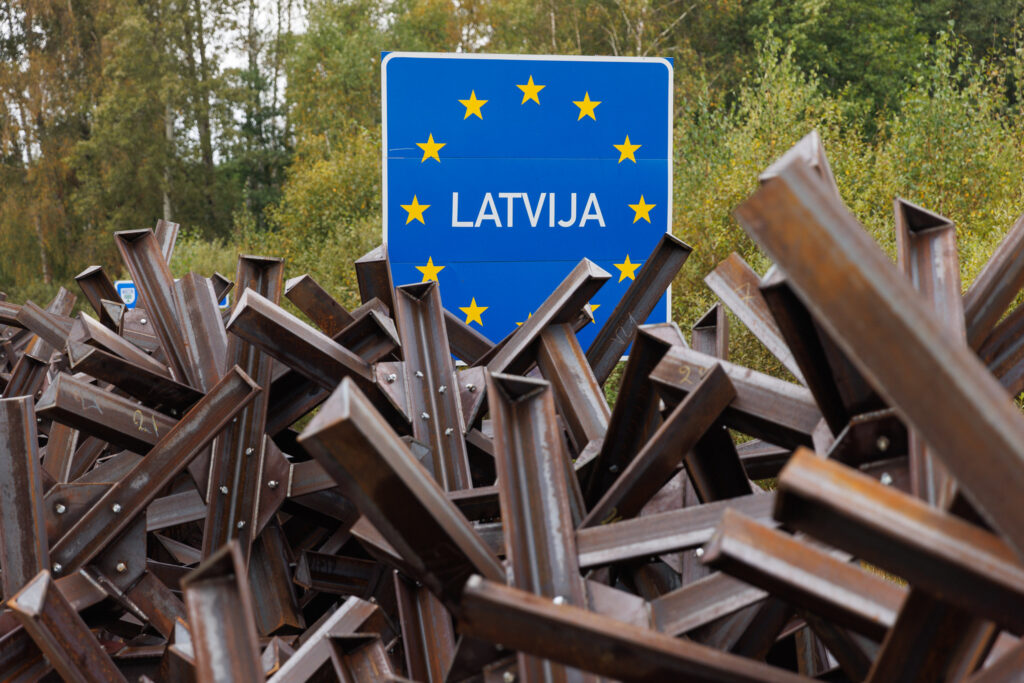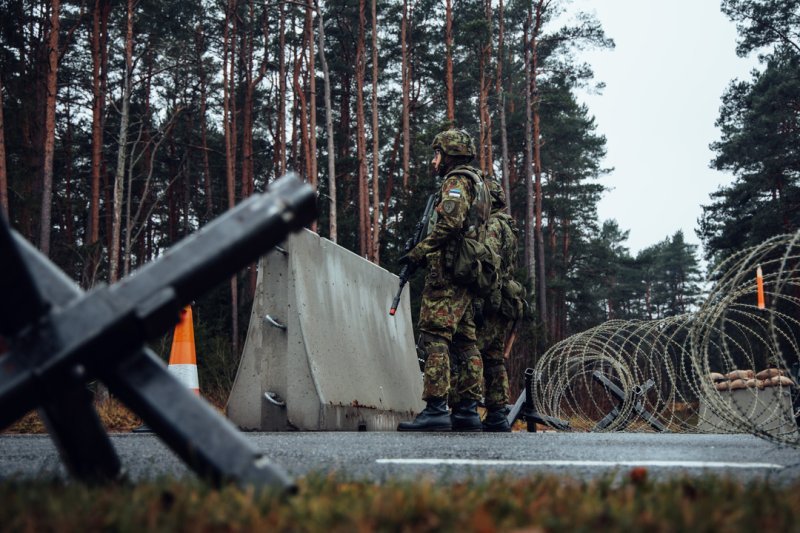The defence ministers of Estonia, Latvia, Lithuania and Poland met in Daugavpils, Latvia, to rally behind the Baltic Defence Line – a fortified border project – and push for its funding from the European Union.
The Estonian defence minister, Hanno Pevkur, said in a statement that the Baltic Defence Line had gained momentum because the Baltic Sea allies shared the same security concerns. Coordinating closely with Poland is essential, and Estonia also sees opportunities to expand cooperation with northern allies, particularly Finland.
Pevkur said the project isn’t just about bolstering NATO’s forward defence concept; it’s also about shoring up the European Union’s borders, which is why the EU must be part of the funding equation.
The Baltic Defence Line will stretch along the borders of Estonia, Latvia, and Lithuania with Russia and Belarus. It’s designed to deter military threats with a network of defensive structures, reinforcing NATO’s new strategy of protecting allied territory from the very first yard. Poland, facing its own security challenges, announced its East Shield project in May, signalling an unprecedented regional push for stronger defence infrastructure.

Estonia fields around 6,500 active military personnel, bolstered by up to 60,000 in reserves, emphasising its reliance on mobilisation. Latvia, with about 6,000 active GIs and roughly 16,000 in reserves, shares similar strategic concerns.
Lithuania operates a standing force of 22,000 troops, including conscripts and reserves, reinforcing the region’s deterrence posture. However, the heavyweight in the group is Poland, whose armed forces exceed 160,000 personnel, along with 30,000 in territorial defence forces, giving it a central role in the region’s military readiness.
The ministers also examined Ukraine’s strategies for building defensive fortifications, learning from its wartime experience, and toured Latvia’s defence installations in Silene.

Estonia’s plan for the Baltic Defence Line will unfold in three stages. The first two phases will see the construction of 40 support points and 12 fully equipped storage areas. An additional eight support points will follow. The project draws heavily on NATO’s Madrid Summit declaration from 2022, which redefined regional defence. The Baltic Defence Line will be a combination of obstacles and fortifications spread across the landscape to disrupt enemy advances and allow defence forces to engage on favourable terms.
The Estonian Centre for Defence Investment is already making moves, signing contracts for barrier materials like cutting wire and dragon’s teeth, while prototypes for defensive bunkers are under development.
By pushing for EU support, the Baltic states and Poland are making it clear: safeguarding Europe’s borders against aggression is a shared responsibility that needs more than just local financing.

